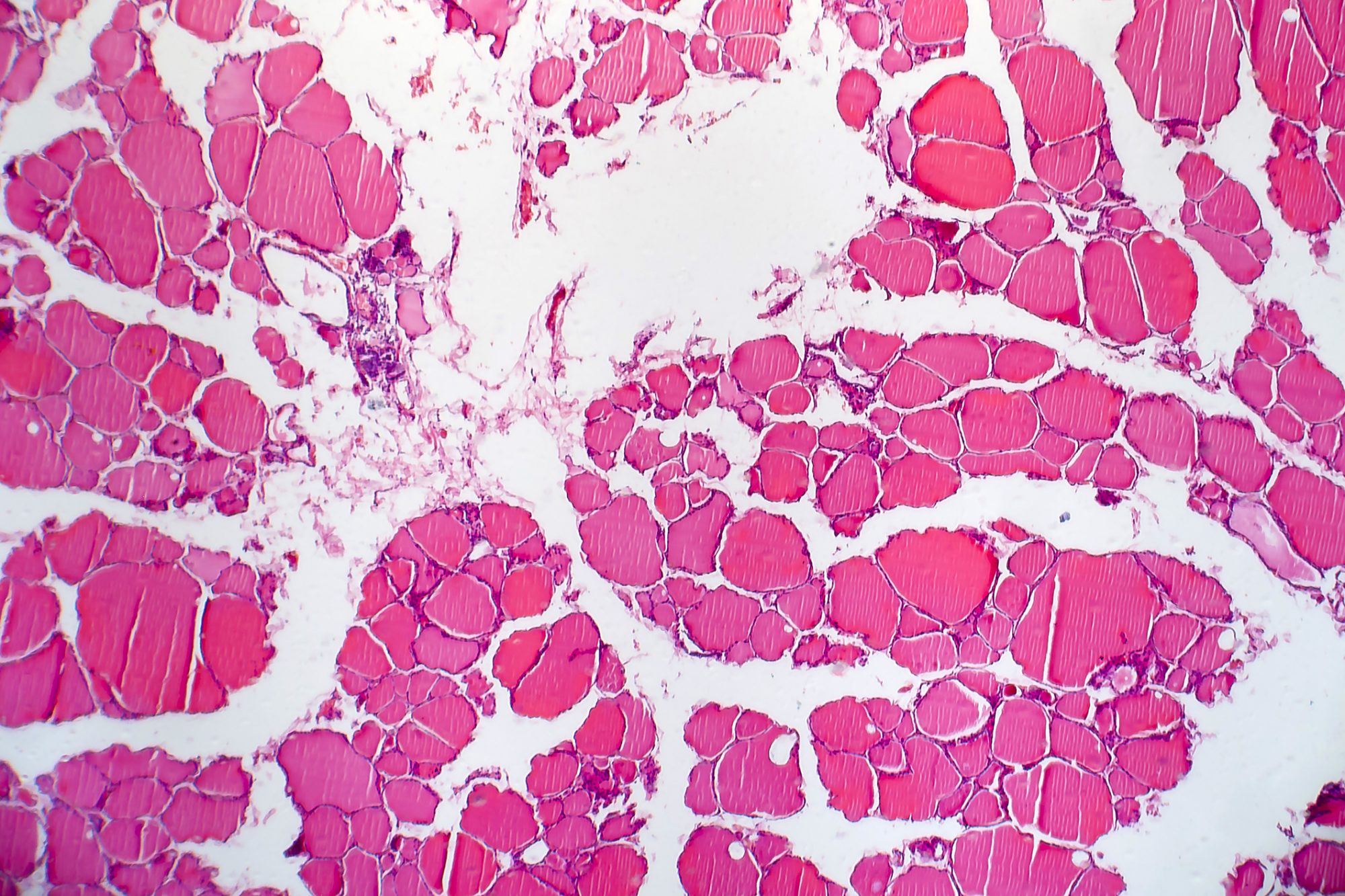Professor Hiroki Konno at Nihon University explores proposals for reducing medical costs for patients with thyroid cancer in Japan
In Japan, the urgent issue is to reduce medical costs in response to the increase in national medical expenditures (43.4 trillion yen in the fiscal year 2019), particularly for patients with thyroid cancer. The government is promoting the centralisation of acute care functions as one of its policies to reduce medical costs.
The law first stipulated this policy in the Medical Care Act of 1998. In 2014, the Medical Care Act made it mandatory for prefectures to consolidate medical functions and adjust the supply and demand of hospital beds in each region. In 2019, the government’s working group required hospitals with inadequate regional performance to reorganise their medical functions.
However, the effects of the policy have not been fully apparent, and there have been delays obviously in some regions. This paper examines and explains the reasons for this trend and proposes a solution for the care of patients with thyroid cancer.
Postoperative care of patients undergoing thyroid tumour resection in Japan
Patients with thyroid cancer who undergo thyroid tumour resection have a satisfactory prognosis. The average length of hospital stay (LOS) in FY2019 was 8.9±2.21 days for resection (thyroidectomy), including endoscopic resection. Hypothyroidism and hypocalcemia that patients occur postoperatively are commonly treated with thyroid hormones, calcium agents, and vitamin D administration.
However, patients with hypothyroidism experience symptoms of lethargy, fatigue, swelling, coldness, weight gain, slowness of movement, poor memory, and constipation, while patients with hypocalcemia experience muscle spasms with severe symptoms of pain, confusion, and depression. For this reason, postoperatively, patients are often treated continuously in acute care beds.
Issues hindering reductions in medical costs for inpatients
One of the effects of promoting the centralising medical functions is to reduce medical costs for inpatients by shortening the LOS. However, the following three problems hinder this effect:
1) Patients may be treated for hypothyroidism and hypocalcemia in acute care beds for safe postoperative management.
2) General hospitals may still have a philosophy of comprehensive care from admission to discharge.
3) Elderly patients, in particular, may seek care in a hospital with a high care system because of anxiety about postoperative exacerbations and depression associated with general malaise.
The solution for patients with thyroid cancer
To reduce medical costs for inpatients with thyroid cancer, first, Patients whose postoperative status has stabilised should be moved to a subacute care bed and, if possible, should continue treatment in an outpatient setting. Postoperative complications of thyroidectomy may include a variety of symptoms; however, hypothyroidism and hypocalcemia do not always require treatment in an acute care bed. Continuous care in acute care beds facilitates postoperative care management; however, it prolongs LOS in acute care beds. This way of care should be revised, assuming that acute care functions of hospitals will be centralised in each region.
In addition, the government must consider eliminating incentives for acute care hospitals to admit patients to reduce the number of empty beds. This is because the early discharge of patients from acute care beds can increase the number of empty beds in hospitals and create an induced demand. This could be resolved by strongly requiring hospitals with low inpatient volumes to reorganise their medical functions in the Medical Care Act.
Second, the system under which additional rewards are given should be revised as long as the LOS does not exceed the national LOS. In Japan, the payment system of acute care has a mechanism in which the per-diem payment gradually decreases as the LOS increases, and this system gives acute care hospitals an incentive to discharge patients early. Additional rewards should be given only to acute care hospitals in the first quartile of LOS to be more effective.
In Japan, general hospitals have historically had a culture of providing comprehensive care to patients in acute care beds from admission to discharge. This is due to the origin of hospitals in Japan. Hospitals were established due to the growth of large clinics providing care in the neighbourhood. Therefore, medical staff has historically had the mission to provide care responsibly until the patient is discharged from the hospital. Twenty years after payment reform in 2003, hospitals’ culture of care delivery is certainly changing; however, it will take more time for the effects of government policy to change the culture.
Third, clinics and home physicians in the region should cooperate with the hospital where the surgery was performed and take steps to dispel patient anxiety and ensure patient safety. The average age of patients with thyroid cancer is younger than those with other diseases. However, in general, Japanese patients tend to trust hospital care strongly. This view indicates deep-seated anxiety about treatment in clinics and at home.
Although the government is currently promoting the enhancement of regional medical care, it has yet to establish a system that can respond to the diversity of medical needs, such as chronic diseases, rare diseases, cancer, palliative care, dementia, pediatric diseases, and disabilities. Although it will take time to change the culture regarding the public’s use of medical care, it can be expected to change as reform of the delivery system of medical care in regions.
To streamline medical costs for thyroid cancer
The centralisation of acute care is essential to reducing inpatient medical costs. Thyroid cancer treatment is more easily differentiated between acute and subacute care because of the standardisation of treatment methods. Patients whose condition has stabilised after surgery should be moved to subacute care beds, and reimbursement for hospitals with average LOS should be further reduced. At the same time, clinics and home physicians in the region could function as a complement to hospital care, thereby eliminating the concerns of patients discharged early.
Please note: This is a commercial profile
© 2019. This work is licensed under CC-BY-NC-ND.











